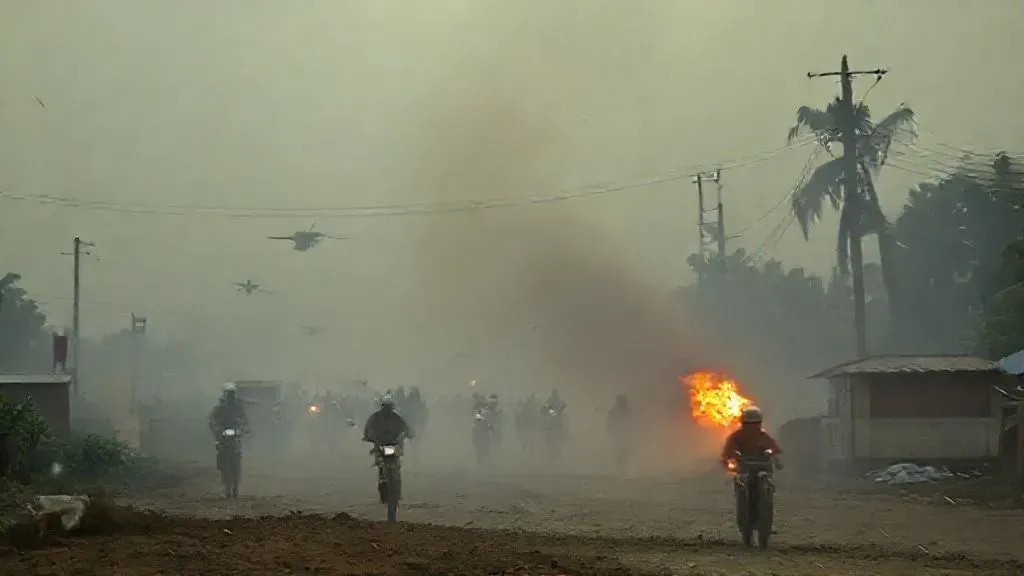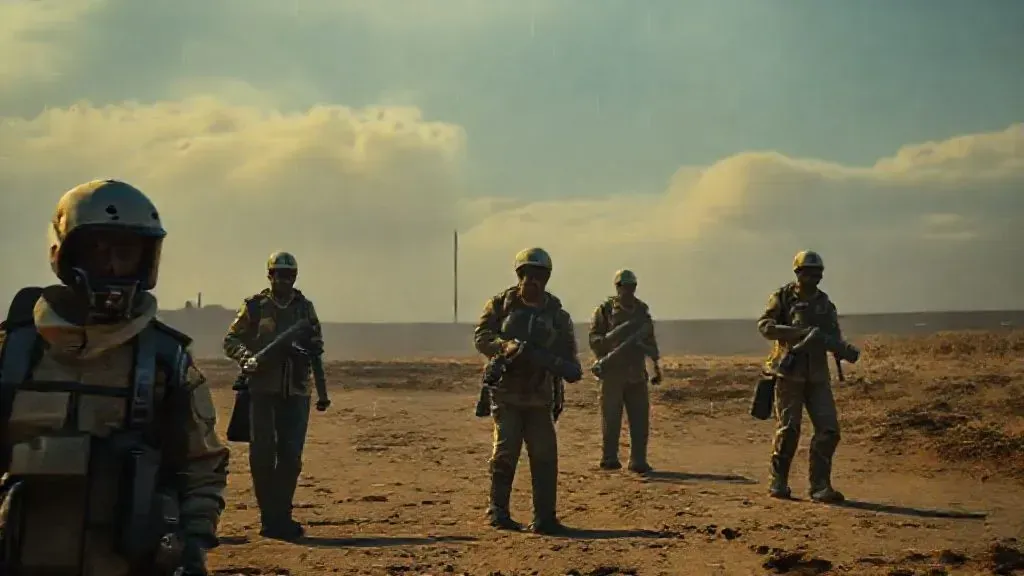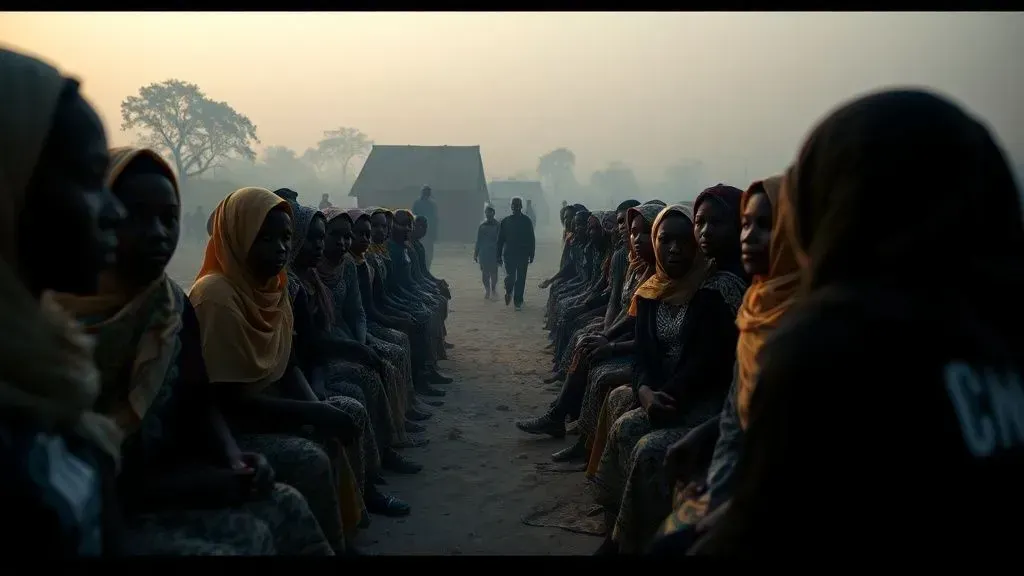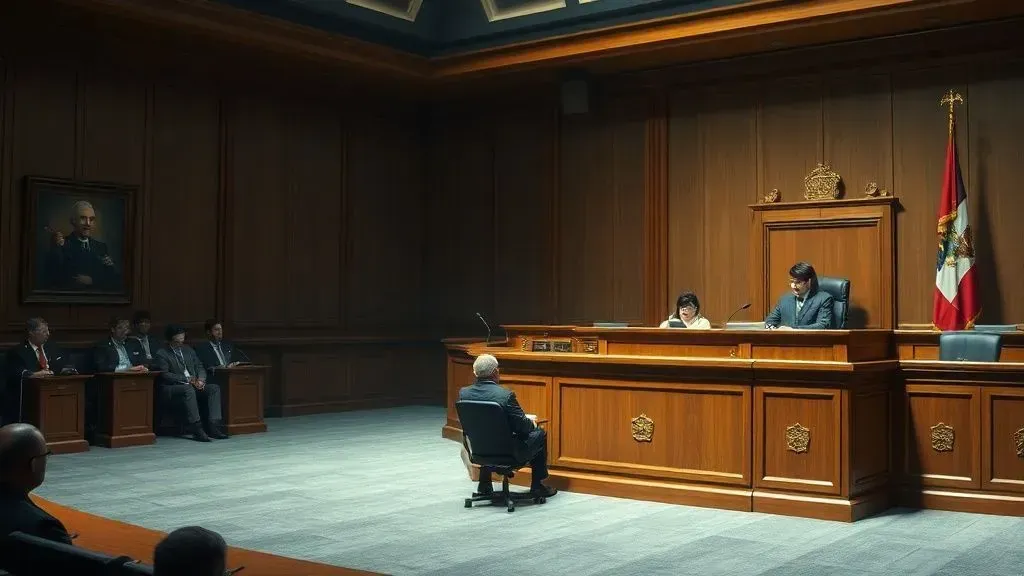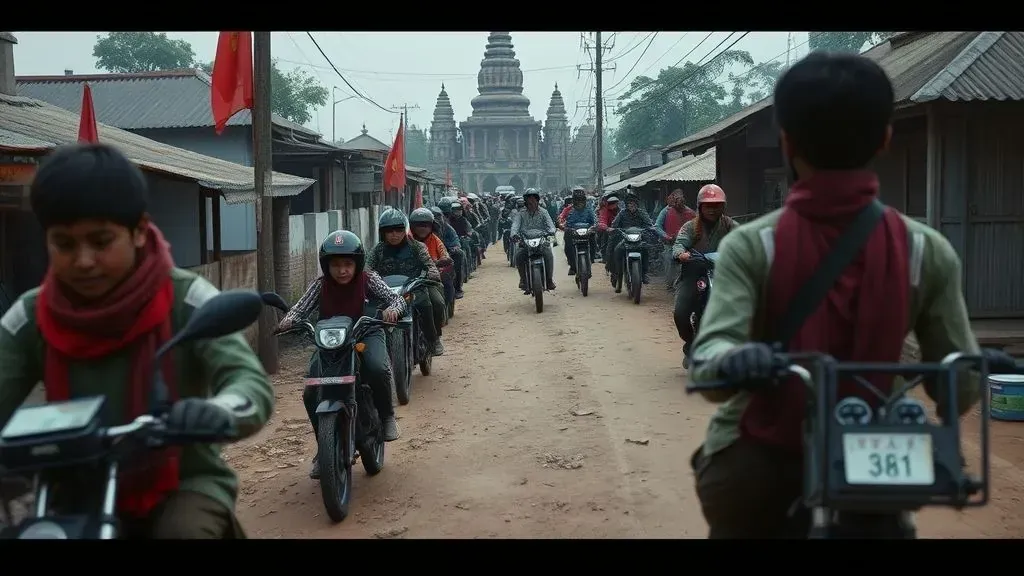
Over three million civilians have fled their homes due to Myanmar's civil war by October 2025, per United Nations data.
This conflict surged after the 2021 military coup, pitting ethnic armies against the junta.
China steps in again to broker peace, aiming to secure its border interests.
Background on Myanmar's Civil War
The war traces back decades, with ethnic groups seeking autonomy.
Since the coup, resistance forces captured vast territories in the northeast.
Casualties exceed 75,000, reports the Council on Foreign Relations.
Fighting disrupts trade and fuels humanitarian crises.
Details of the New Ceasefire
The Ta'ang National Liberation Army (TNLA) signed the deal after talks in Kunming, China.
They commit to withdrawing from Mogok, a ruby hub, and nearby Momeik.
In exchange, the military halts airstrikes and ground advances.
No timeline set for the pullout, effective from Wednesday.
This follows heavy clashes displacing thousands in Shan State.
The agreement reopens vital trade routes long closed by battles.
China's Pivotal Role in Mediation
Beijing mediates to protect investments like pipelines and rare earth mines.
It pressured rebels, closing borders to enforce compliance.
According to analyst Jason Tower at the US Institute of Peace, China's actions contradict its noninterference rhetoric.
Beijing supplied $267 million in arms to the junta since 2021, per UN reports.
Impact on Rebel Strategies
TNLA, part of the Three Brotherhood Alliance, seized 12 towns earlier.
Prior ceasefires allowed junta retakes of Lashio and other sites.
Resistance adapts with drones, but faces junta's air superiority.
Opposition controls 42% of territory, per BBC investigations.
Quotes from Key Sources
A Chinese official stated,
Our cooperation promotes peace in border areas,
per embassy remarks.
Junta leader Min Aung Hlaing called his China visit
successful,
hailing support for elections.
Analyst Zachary Abuza noted,
China offers a financial lifeline to Myanmar
s junta.'
These views highlight Beijing's strategic backing.
Relevant Social Media Insights
Recent discussions underscore the truce's significance.
Earlier withdrawals show patterns in China's influence.
Broader Implications for Stability
The deal aids junta preparations for December elections, criticized as sham.
Polls exclude rebel zones, undermining legitimacy.
Economic fallout includes 22% inflation and currency devaluation.
Aid blocks worsen food insecurity for millions.
Humanitarian and Economic Angles
Displaced populations need urgent assistance, per UN appeals.
Ruby mining in Mogok drives local economies, now disrupted.
China's aid includes drones and jets, escalating aerial attacks.
Resistance counters with indigenous tech amid supply curbs.
Future Outlook
Past truces faltered, raising doubts on durability.
Beijing's dual engagement with junta and rebels balances interests.
Sustained peace requires inclusive talks beyond ceasefires.
Federal democracy could align with regional stability goals.
This truce reflects China's expanding sway in Myanmar's turmoil.
It shapes border security and global supply chains for critical minerals.
